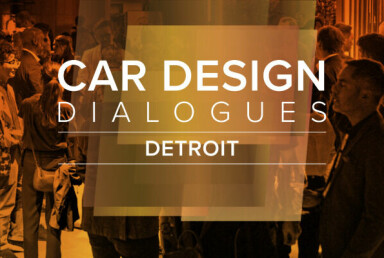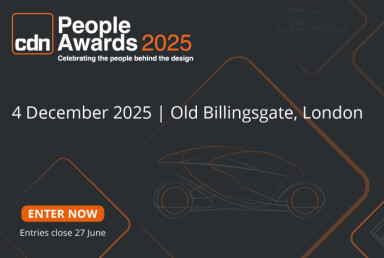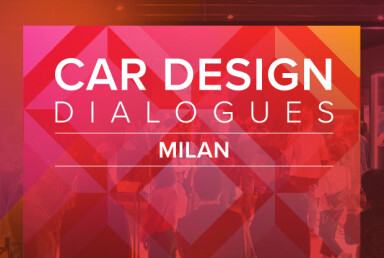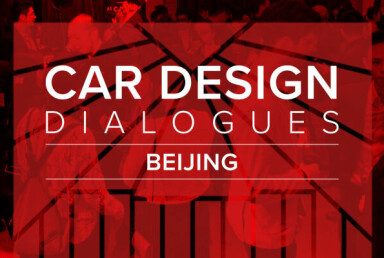Luxury under the microscope
What is American luxury?
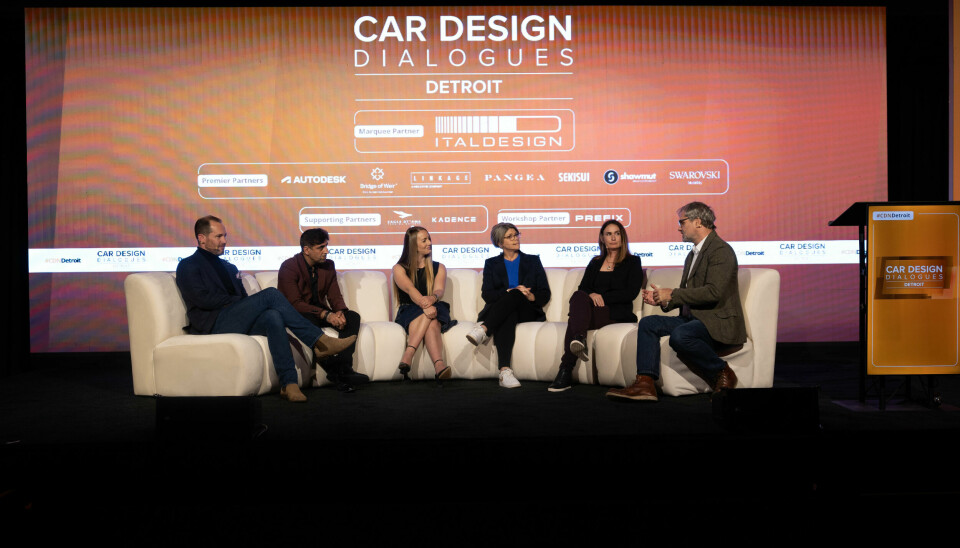
At Car Design Dialogues Detroit, design leaders from Rivian, Lucid, Cadillac, Chrysler and Lincoln debate the meaning of American luxury, exploring heritage, sustainability, materials, design language and technology in shaping premium experiences for a changing market
What defines American luxury in 2025? At Car Design Dialogues Detroit, voices from Rivian, Lucid, Cadillac, Chrysler and Lincoln examined how heritage, craft and culture intersect with electrification, new materials and digital interfaces. For some, luxury is time and escape; for others, bold design, sustainability and storytelling. Across brands, the consensus was that American luxury is evolving — less about chrome and excess, more about craft, inclusivity and emotional connection.
Moderator James McLachlan opened with a provocation on definition asking the speakers to “set out the terms of engagement or even define what American luxury is.” Turning first to Rivian, he noted the brand’s positioning as “an alternative luxury” rooted in the outdoors.
“At Rivian, we don’t really use the word ‘luxury’,” said Rivian’s senior director of interior design Zulf Ali. “We would say ‘premium’ is more associated with Rivian. We create a curated atmosphere in our vehicles.” He likened it to high-end outdoor gear that does not “scream fancy clothing” yet commands a premium because “people know they like it.”
Lucid’s Nicola Danks argued that electric drivetrains require a different emotional script. “We miss the emotive sounds and feeling you get when you put your foot down in a V12 or a V8,” she said. “You have to recreate a different type of experience” that captures “an essence of nostalgia” drawn from American motifs such as “road trips or drive-in movies.”
Design director for the Cadillac Celestiq, Erin Crossley, framed the EV proposition in a single word. “Bold,” she said. “You have the boldness of power and the boldness of innovation.” Cadillac’s Escalade and Escalade IQ, she added, are “equally as bold and luxurious in execution, just running on a different powertrain.”
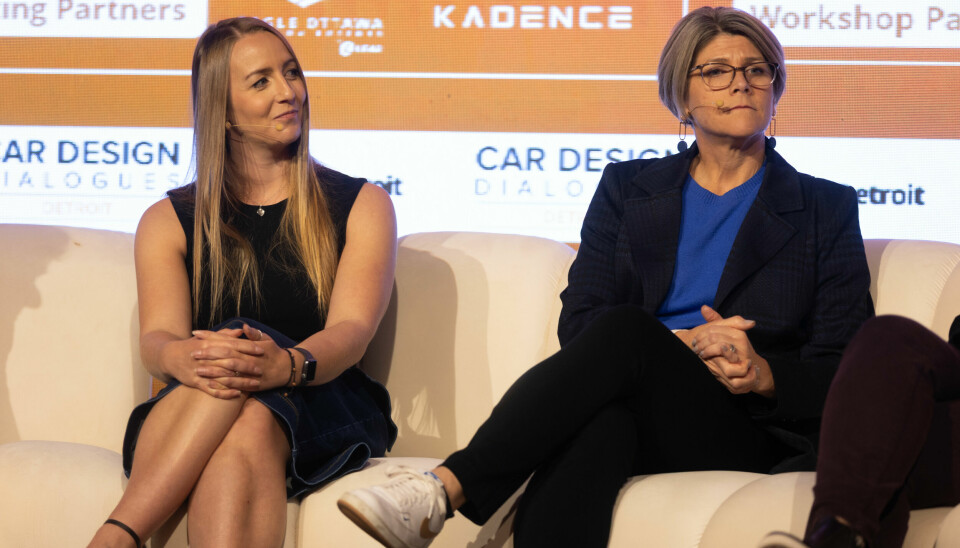
Form over appliqué
Exterior language is shifting, said Irina Zavatski, vice president Chrysler brand exterior design. “We also don’t use the word ‘luxury’ because it implies chrome and things people are moving away from.” On the Chrysler Halcyon concept, the team focused on “as minimum as possible and just focusing on a sculpture and a statement and proportions,” removing decorative elements to “let the sculpture speak for itself.”
Yet certain archetypes endure. “The long dash to axle will always be here, in my opinion,” Zavatski said, even as electrification forces a rethink of packaging.
Lincoln’s interior design head Ryan Niemiec resisted the idea that the battle is fought solely in the cabin. “The exterior draws you in, it creates that connection,” he said, while the interior should leave you “feeling better stepping out of a Lincoln than when you stepped in.” He emphasised multisensory craft. Anything that “leans into sensory manipulation…the touch, the feel, the sense…amplifies that experience.”
Crossley described “luxury” as “about as loaded as ‘sustainability’,” but still culturally relevant. “A lot of ideas around luxury are about time,” she said. Materials matter too, through “how they are created or how they feel, the tactileness and the complexities of them.”
Materials, craft and sustainability
Danks cautioned that perception lags practice. “Luxury can be sustainable, but frequently sustainable materials may not be perceived as luxury,” she said. The answer lies in “roots in craftsmanship and also in culture,” with California nature and New York fashion offering different luxury cues. The goal is to “fold in sustainability… without compromising.”
Corporations should lead regardless, said Zavatski. “We owe it to ourselves and to the customer to use sustainable products,” she said, noting Chrysler “stopped using chrome altogether” because of its production harms.
Rivian’s Ali highlighted design-for-less-waste. “It’s not just about using sustainable materials, it’s how you break up a physical part,” he said, citing lessons from R1 to R2 on headliner and trim strategies that reduce offcuts while preserving the open-air glass experience.
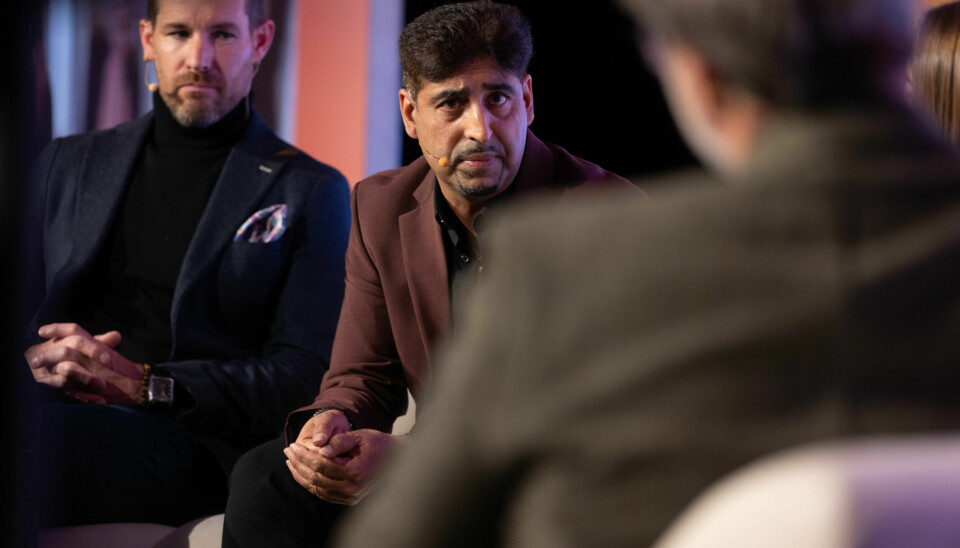
Leather remains emotive, said Niemiec, but education elevates alternatives. “If you educate the customer in the right way with new materials and you connect them to the stories, all of a sudden certain materials elevate,” he said, pointing to Alcantara and plant-based leathers gaining cultural relevance.
Ali noted Rivian’s pragmatic tack. “There’s no doubt [leather] feels better,” he said, but modern PU can be indistinguishable to many and “then you tell the sustainability story, and they accept it.”
Crossley stressed choice and truth. “Animal [origin] and sustainability aren’t necessarily interchangeable,” she said. “Luxury is choice,” and some customers “want that authentic leather,” while others prioritise animal-free options. “It depends on the story you tell…and it has to be true.”
Technology as an enabler
For Zavatski, quiet is a luxury. With screens everywhere in daily life, “when you’re in the car, do you want to sometimes not have all the distraction… that’s a certain type of luxury too.”
Niemiec agreed. Technology should “take away inconveniences” and be “an enabler, not a distraction.” Larger displays can reduce cognitive load if information is “spread out, more distributed… easier to take in.”
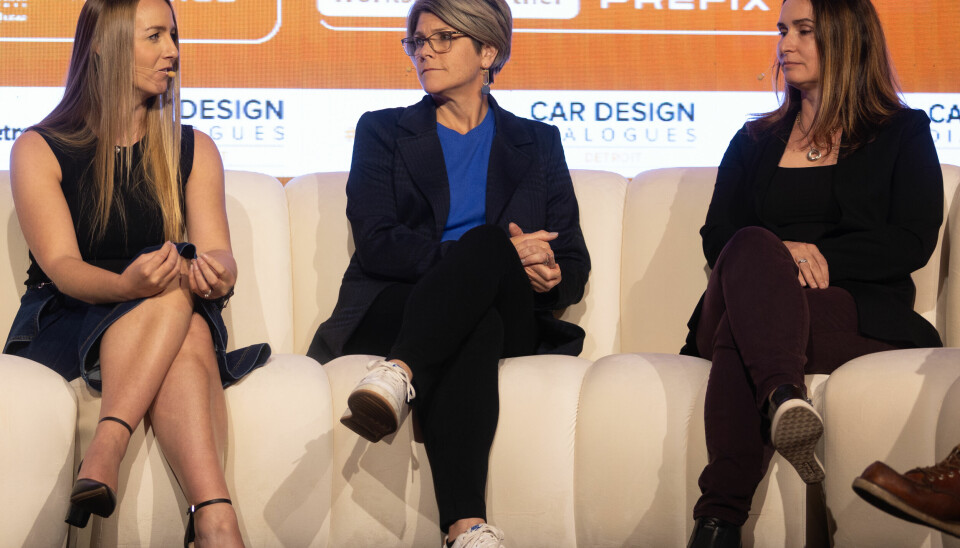
Ali tied Rivian’s approach to calm. “Decluttering brings a sense of calmness,” he said. If the software “works really well and everything’s within reach zones,” drivers do not miss physical buttons.
Danks described Lucid’s balance. “We design technology to be an enabler,” she said. Air and Gravity use a long, low-set screen so “you see over it, you see the road,” and Sanctuary Mode, created with Calm, offers “a meditation session to give you that time to yourself.” Yet customers “miss buttons” and vents, so “it’s a constant balance…between technology and tactility.”
As to whether decluttering is a Western luxury cue. Danks underscored cultural nuance. “It’s important to address cultures,” she said. American romance comes from “those road trips [and] drive-in movies,” while other regions carry different rituals of luxury. Keeping design culturally expressive “keeps car design exciting” while honouring fundamentals of craft and experience.
The next decade
Niemiec argued the constants will remain. “There’s levels of scarcity…craftsmanship…credibility,” he said. Above all, luxury is “the emotional…lack of necessity,” the feeling that goes “beyond solving a simple problem.” People change less than trends, said Zavatski. “There’s a cycle to design,” but “people still appreciate the craftsmanship and the quality.”
Danks linked luxury to personal escape. “What is your escapism,” she asked. For some it is “going outdoors as you would with a Rivian,” for others “you purchase a Sapphire and you go as fast as you can,” or you “go steadily down the canyon roads” in an old Porsche. Each brand should make its expression “meaningful.”
A question from the floor put the spotlight on chauffeured versus self-driven contexts. Niemiec’s view was inclusive. “Every place within a vehicle has that elevated experience,” he said, noting a shift even in China from purely second-row focus to “much more of [an] engaging drive experience.” The goal is to keep “every level at the highest so that everyone experiences it in the same way.”

